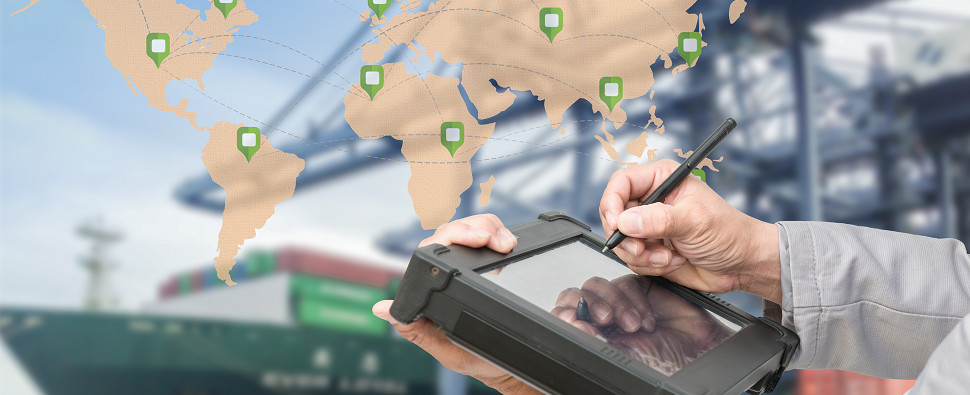
Most in survey say yes.
The freight forwarding business is rapidly changing as competitive threats increase and the expectation to do more for shippers is rising. As a result, forwarders are turning to technology to assist with all the changes they are facing often linking order management systems to transportation systems to customs systems and so on. It’s a daunting task and there have been some stumbles along the way.
Is Technology a Differentiator?
We posed this question to the social media community and found a clear majority, 65 percent, indicating that yes, technology is a differentiator while 30 percent said yes, but in five years, and five percent noting, no, it is not a differentiator. A few interesting comments were also offered on LinkedIn and Twitter. For example, Founder and Principle Partner at Top Management Consultores, Carlos Roca Fatule commented on LinkedIn, “It’s a matter of high investment versus low operating costs… an example would be port automation.”
Meanwhile, Hariesh Manaadiar, manager of the Shipping and Freight Resource Blog noted on Twitter, “At the end of the day, people are what sets services apart, not systems… you can call it an enabler.”
Is Technology an Enabler?
Differentiator or enabler, no doubt about it, technology is indeed having an impact on the freight forwarding market. According to a survey conducted earlier this year by research and consulting firm, Logistics Trends & Insights LLC, improving operations and efficiencies were the top reasons that freight forwarders were implementing new technologies within the next five years followed closely by improving customer services and lastly visibility.
Thanks to the advent of cloud-based technology in particular, forwarders of all sizes are achieving valuable gains within their supply chains as data obtained from the technology can be used for such strategic purposes as creating new solutions, expanding trade lanes, and more. Perhaps one can view technology as a means to enable forwarders to differentiate themselves by how they interpret their data.
Source: Global Trade Magazine



